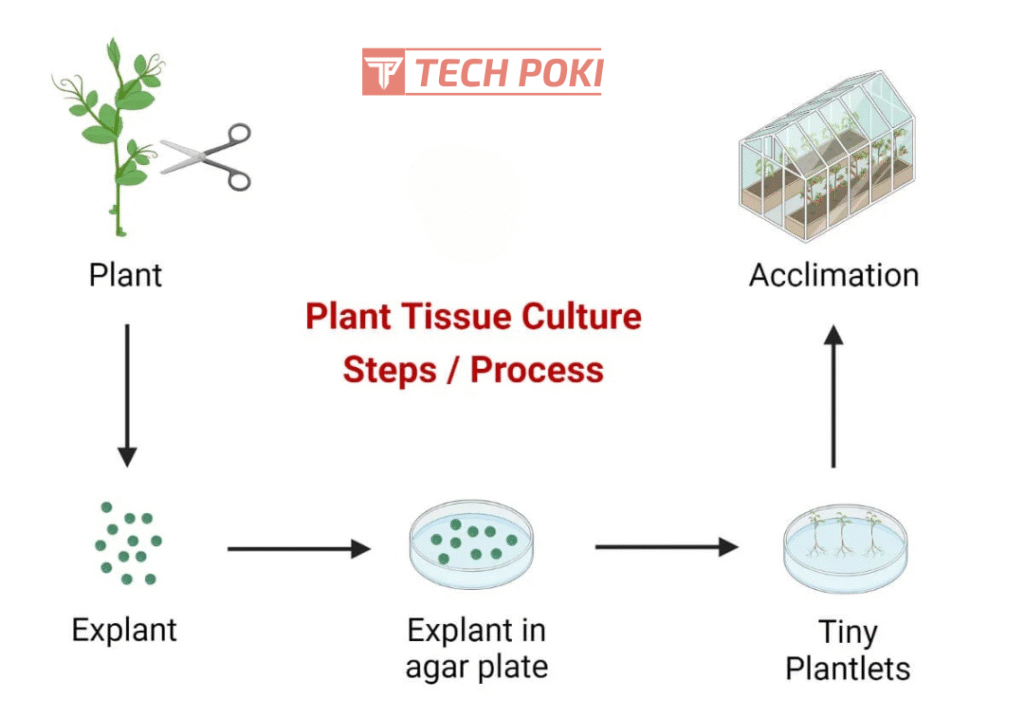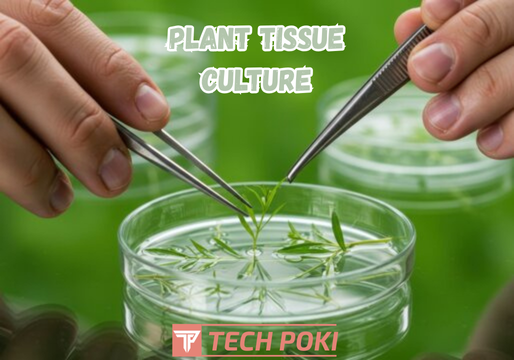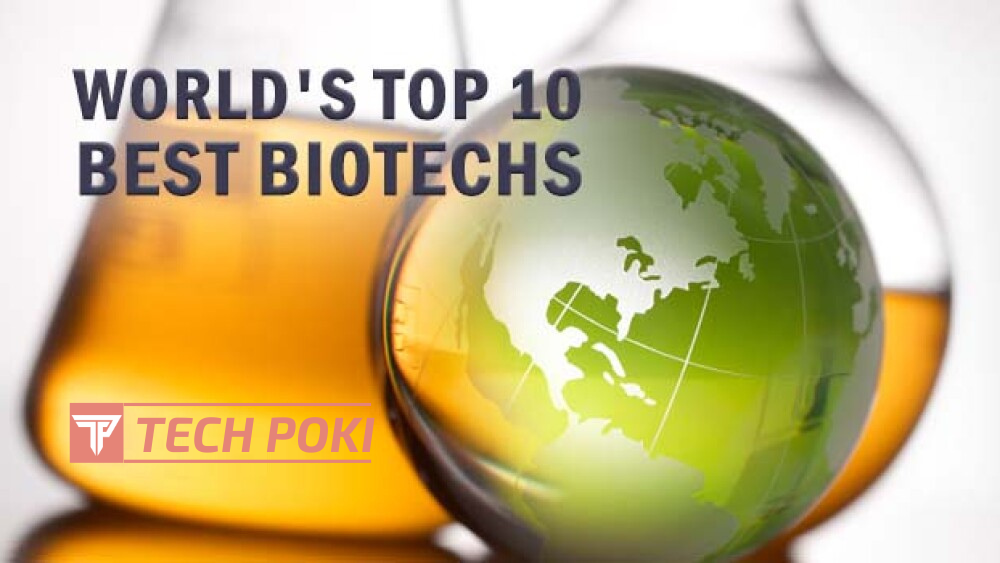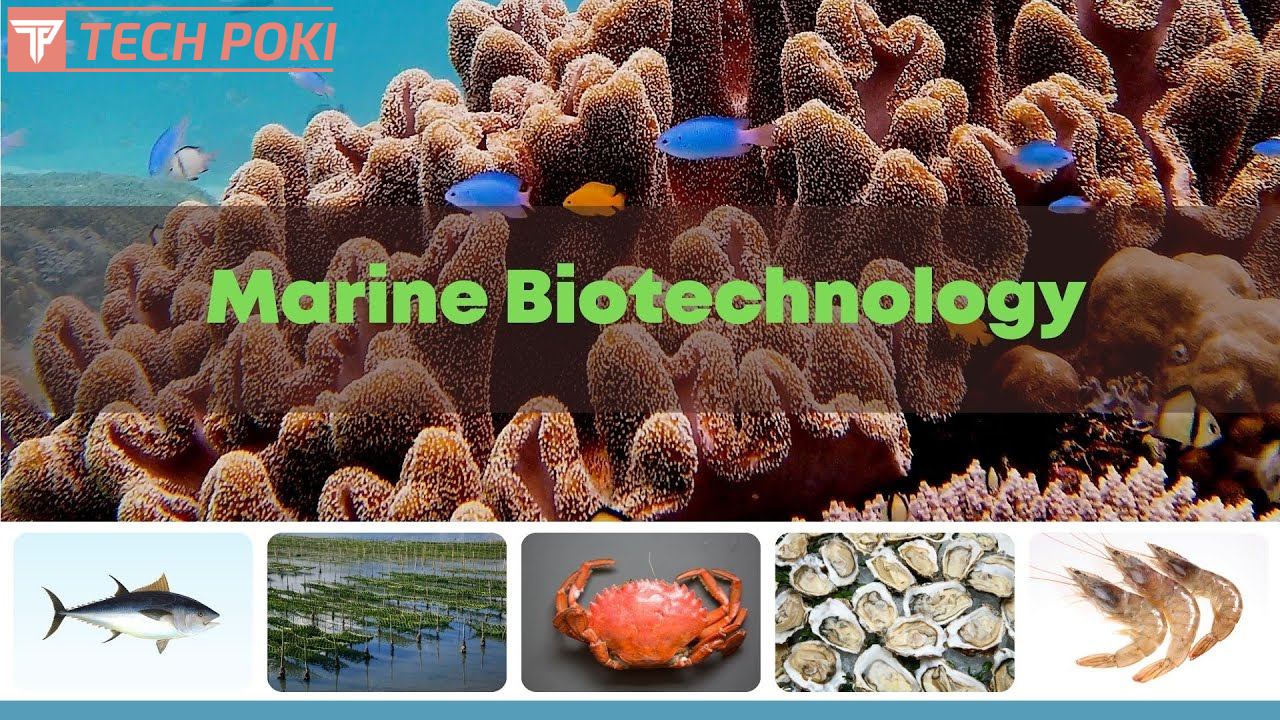Plant tissue culture is one of the most important innovations in modern plant science and biotechnology. It has revolutionized the way researchers, farmers, and industries propagate plants, develop disease-free varieties, and explore new opportunities in agriculture, horticulture, and pharmaceuticals. Unlike traditional propagation methods, plant tissue culture allows controlled, large-scale production of uniform plants from tiny pieces of plant tissue under sterile laboratory conditions.
This article explores what plant tissue culture is, how it works, the methods used, its applications, and why it is considered a vital tool for the future of sustainable agriculture and plant research.
Explore Biotechnology Jobs
If you’re aiming to work with the top biotechnology companies, understanding the latest opportunities is essential. From research and lab roles to regulatory and data-driven positions, biotechnology companies are always seeking skilled professionals. Take the next step in your career, Visit our dedicated page on biotechnology jobs to discover roles that match your skills and ambitions.
What Is Plant Tissue Culture?
Plant tissue culture is a technique where small pieces of plant tissue (explants) are grown in a sterile, nutrient-rich medium under controlled conditions of light, temperature, and humidity. These tissues can develop into complete plants, identical to the original donor plant.
This method relies on the principle of totipotency, which means that every plant cell has the ability to regenerate into a whole plant when provided with the right environment and nutrients.
In simple terms, tissue culture makes it possible to produce thousands of genetically identical plants from a single parent plant, saving time and resources.
History and Development
The concept of tissue culture was first proposed in the early 20th century. German botanist Gottlieb Haberlandt is often considered the “father of tissue culture” for introducing the idea that isolated plant cells could regenerate into complete plants.
Over the years, scientists refined techniques, identified growth regulators such as auxins and cytokinins, and standardized nutrient media like the Murashige and Skoog (MS) medium. Today, plant tissue culture is a global practice, applied in agriculture, forestry, pharmaceuticals, and research laboratories worldwide.
Basic Requirements for Plant Tissue Culture
Several essential components are required for successful tissue culture:
- Explants – Small sections of plant tissue, such as leaf, stem, root, or meristem.
- Culture Medium – A nutrient solution containing sugars, salts, vitamins, amino acids, and plant growth hormones.
- Aseptic Conditions – A sterile environment to prevent contamination from bacteria or fungi.
- Controlled Environment – Proper temperature (usually 25±2 °C), light, and humidity levels.
- Growth Regulators – Hormones such as auxins and cytokinins that control cell division and differentiation.
Techniques of Plant Tissue Culture
Different methods are used depending on the purpose of the culture:
1. Callus Culture
A callus is a mass of unorganized plant cells formed when explants are placed on a nutrient medium. This technique is used for studying cellular processes, genetic manipulation, and secondary metabolite production.
2. Organ Culture
Specific plant organs, such as roots, shoots, or embryos, are cultured directly. This is useful in developmental studies and plant breeding programs.
3. Meristem Culture
The growing tip of a shoot (meristem) is used to produce virus-free plants. It is widely applied in horticulture for crops like bananas, sugarcane, and orchids.
4. Protoplast Culture
Plant cells without cell walls (protoplasts) are isolated and cultured. They can be fused to create hybrid plants with traits from two different species.
5. Embryo Culture
Embryos are isolated from seeds and grown in vitro. This helps rescue hybrid plants that would not normally survive.
6. Suspension Culture
Plant cells are grown in a liquid medium and agitated to keep them suspended. This is particularly useful for large-scale production of valuable compounds like alkaloids and enzymes.

Step-by-Step Process of Plant Tissue Culture
The process of plant tissue culture follows a series of essential steps that transform a small piece of plant tissue into a fully developed plant ready for soil. This systematic method ensures rapid, disease-free propagation of plants under controlled laboratory conditions.
1. Plant Selection
The first step begins with choosing a healthy parent plant as the source. A disease-free and genetically stable plant ensures that the propagated offspring will carry the same desirable traits.
2. Explant Preparation
A small piece of tissue, known as the explant, is carefully excised from the selected plant. Explants may come from leaves, stems, roots, or meristem tips. They must be free of pathogens and surface-sterilized to prevent contamination during culture.
3. Culturing on Agar Plate
The sterilized explant is placed onto a nutrient-rich agar medium that provides essential minerals, vitamins, sugars, and growth regulators like auxins and cytokinins. This medium creates the perfect environment for cells to divide and initiate growth. Over time, the explant either develops into a callus or directly begins shoot and root formation depending on hormone balance.
4. Formation of Tiny Plantlets
Through continuous cell division and differentiation, the explant regenerates into tiny plantlets with shoots and roots. These plantlets are genetically identical to the parent plant and are maintained in sterile culture vessels until they reach sufficient strength.
5. Acclimation
The final step involves transferring plantlets from the laboratory to natural conditions. This process, called acclimation or hardening, helps the delicate plants adapt to soil, sunlight, and environmental stress. Proper acclimatization ensures survival and stable growth when introduced into fields or greenhouses.
In summary, plant tissue culture transforms small plant parts into complete plants through careful laboratory handling, sterile media culture, and gradual acclimatization, making it an indispensable technique in modern plant biotechnology.
Applications of Plant Tissue Culture
The scope of plant tissue culture is vast, covering multiple industries:
1. Agriculture and Horticulture
- Rapid multiplication of high-yield, disease-free crops.
- Propagation of plants that are difficult to grow by conventional methods.
- Conservation of rare or endangered species.
- Year-round production, independent of seasons.
2. Forestry
- Mass production of timber trees such as teak, eucalyptus, and pine.
- Conservation of threatened forest species.
3. Pharmaceuticals
- Large-scale production of secondary metabolites such as alkaloids, flavonoids, and essential oils.
- Used in research for developing plant-derived medicines.
4. Genetic Engineering and Crop Improvement
- Creation of genetically modified plants resistant to pests, diseases, or environmental stress.
- Production of hybrid plants through protoplast fusion.
5. Germplasm Conservation
- Storage of plant tissues in controlled conditions for future use.
- Important for maintaining biodiversity and supporting plant breeding programs.
6. Commercial Floriculture
- Rapid propagation of ornamental plants like orchids, roses, and lilies.
- Consistent quality and uniform flowering traits.
Advantages of Plant Tissue Culture
- Rapid Propagation: Thousands of identical plants can be produced in a short time.
- Disease-Free Plants: Meristem culture helps eliminate viruses and pathogens.
- Space Efficiency: Requires less space compared to field nurseries.
- Season Independence: Plants can be grown year-round.
- Preservation: Rare or endangered species can be conserved and reintroduced into nature.
Limitations and Challenges
Despite its advantages, plant tissue culture has certain limitations:
- High Initial Costs: Setting up tissue culture laboratories requires investment in equipment and sterile facilities.
- Contamination Risks: Even minor bacterial or fungal contamination can destroy cultures.
- Technical Expertise: Requires trained personnel for successful implementation.
- Somaclonal Variation: Sometimes, tissue culture plants may show genetic variations, which can be undesirable for certain applications.
Future Prospects
The future of plant tissue culture looks promising with advances in biotechnology and automation. Some potential directions include:
- Bioreactors for Mass Production: Automated systems for large-scale plantlet production.
- CRISPR and Gene Editing: Combining tissue culture with advanced genetic tools for faster crop improvement.
- Climate-Resilient Crops: Developing plants that can withstand drought, salinity, and changing weather patterns.
- Pharmaceutical Farming: Cultivating plants that can produce life-saving drugs and bioactive compounds.
With the growing demand for food security, sustainable farming, and medicinal plants, tissue culture will remain at the heart of plant biotechnology.
FAQs
Q1. What is plant tissue culture?
Plant tissue culture is a biotechnology technique used to grow new plants from small plant tissues (explants) under sterile and controlled laboratory conditions.
Q2. Why is plant tissue culture important?
It is important because it allows rapid, large-scale propagation of disease-free, genetically identical plants. It also helps conserve rare and endangered species.
Q3. What are explants in plant tissue culture?
Explants are small pieces of plant tissue, usually taken from leaves, stems, roots, or meristems, that serve as the starting material for culture.
Q4. How long does plant tissue culture take?
The duration depends on the plant species. Generally, it takes several weeks to months for explants to form plantlets ready for acclimatization.
Q5. What are the disadvantages of plant tissue culture?
The process requires skilled handling, sterile conditions, and expensive equipment. Additionally, somaclonal variations may sometimes occur, leading to genetic changes in some plants.
Q6. Can plant tissue culture be done at home?
Although possible with DIY kits, successful plant tissue culture requires sterile labs and precise techniques, making it more suitable for research institutions and nurseries.




